7 Ways to Promote Your Amazon Listings
7 Ways to Promote Your Amazon Listings
注:转发一篇外媒的文章,想和大家说一声,我很快就要回归了。
Now that we are aligned on why selling on Amazon is so valuable, let’s get into more of the how. Once you're up and running on Amazon, it's time to start promoting your listings. Like any other sales channel, the more you put in, the more you get out of it. It's not enough to sit around and wait. Today we're going to cover seven ways to promote Amazon Professional Sellers Account listings and drive more sales:
Run a Competitor Analysis
Get Your Pricing Right
Optimize Your Product Listings
Encourage Reviews
Run Sponsored Product Ads
Take Advantage of Promotions
Drive External Traffic
1. Run a Competitor Analysis
The first step to promoting your Amazon listing is to understand what you’re up against. For most categories, you can learn a tremendous amount about what customers want and don’t want based on competitor pages. Additionally, reviewing complementary products regularly can alert you to best practices and/or promotional opportunities. Specifically:
Read customer reviews and Q&A for competitor pages. Customers are very clear on what their preferences are, and oftentimes can lead you to future product enhancements or ideas. Are customers complaining about packaging? How many customers mention price in their reviews? What other products have they mentioned trying in the same category?
How often are competitors updating product content, pictures, or other content? Are they cycling through seasonal photos (i.e. Christmas or Halloween themed?) Do they have clearer messaging of product benefits and usage than you do? How often are they changing pricing and what effect does that seem to have on their Best Seller Rank?
For complementary categories (for example, memory cards and cameras), what are those brands doing well in? Is there an opportunity to cross-promote with them? Are there any insights on their customer reviews about what lead them to that purchase and how that may affect how they search for your product? Does it make sense to target those category keywords on your Sponsored Product campaigns?
Finally, move quickly. If you see a competitor is out of stock, that may be a good time for you to lower pricing and/or increase ads. If you see that competitor reviews are increasing at a faster rate than you, try to figure out the cause. Look for new and innovative ideas such as images or product content from broader categories, and implement them before your competitors.
2. Get Your Pricing Right
Finding the right pricing for your products is tough enough as is, but add Amazon’s complexities and an open marketplace for other sellers to compete with you, and you have quite a handful. However, if you keep some key considerations in mind, you can hopefully prevent other larger issues from arising.
Your selling agreement with Amazon includes a pricing parity clause. Your item price and total price can’t be lower at any other online sales channel according to the ‘general pricing rule’. This includes your own Shopify site. Avoid a potential account suspension for not following this mandate and ensure that you price Amazon as low as your other channels.
Since Amazon is a marketplace, you may very well be competing against other third parties to ‘win the buy box’. There are several repricing tools available on the market, and Amazon recently released the ‘Automate Pricing’ tool on Seller Central to help you automate pricing decisions.
For example, you can set a rule to “beat the lowest Fulfilled by Amazon price by $0.10”. Ensuring you are winning the buy box regularly, and/or being alerted when you are losing the buy box, is essential to growing your Amazon business. Note that pricing for Vendors has a different process from Professional Sellers.
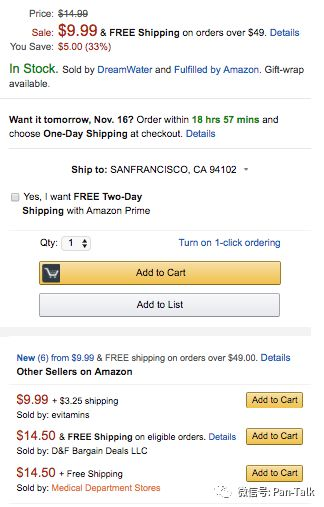
Promotions are a great way to increase visibility and gain reviews. Lightning Deals, price discounts, best deals, coupons, buy one get one offers, etc. are all great opportunities to offer and highlight a temporary discount to your product.
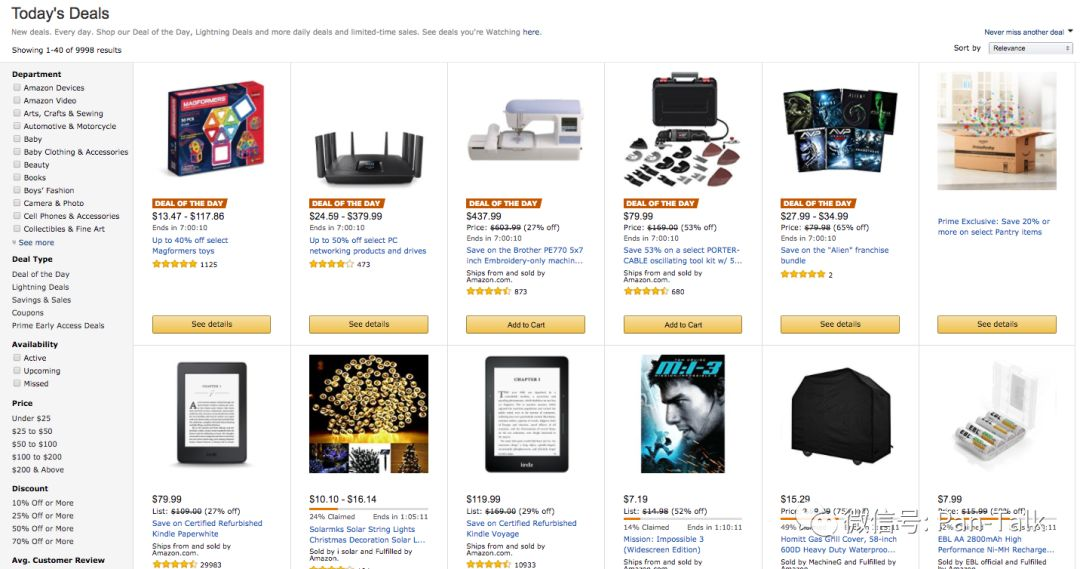
3. Optimize Your Product Listings
Ecommerce shoppers, particularly on Amazon, make a decision within just seconds on whether they want to further engage with a detail page or go back to search results. How do you pass this initial hurdle so that a customer goes below the fold and seriously considers purchasing your product? Start by making it simple for them.
Titles matter. Does your title clearly describe to customers what the item is and if it is compatible with their needs? Does it mention the brand name? Does it clarify what the use case is or primary benefit? And most importantly, does it do all of this concisely so it isn’t too long to skim?
Bullets are your elevator pitch. Make sure to hit all of the key areas that customers need answered before they have to scroll below the fold on desktop or to additional sections on mobile. Mention key facts like if there is a warranty or customer service available to troubleshoot issues. Also avoid having bullets that are more than a few lines long since most customers are skimming this section.
Pictures are important. Your main photo should clearly show what the product is before zooming/panning in. Additional photos should provide additional angles of the product, and if relevant lifestyle imagery. It is also probably worthwhile having one image of the ‘back of the box’ showing ingredients, instructions, etc.
Product descriptions matter too. Remember that customers are skimming so a 10-line long paragraph probably won’t do the job. Use your brand voice here and reiterate key selling points while mentioning any supporting facts that can help customers understand why they need to buy now.
Here is an example of a detail page before and after it updated the key items to maximize conversion.
Before updates:
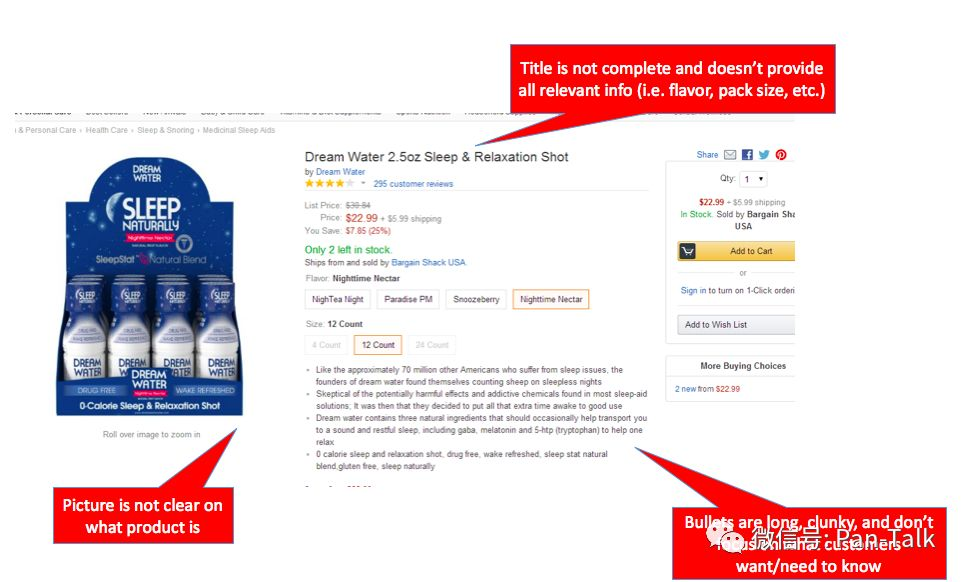
After updates:
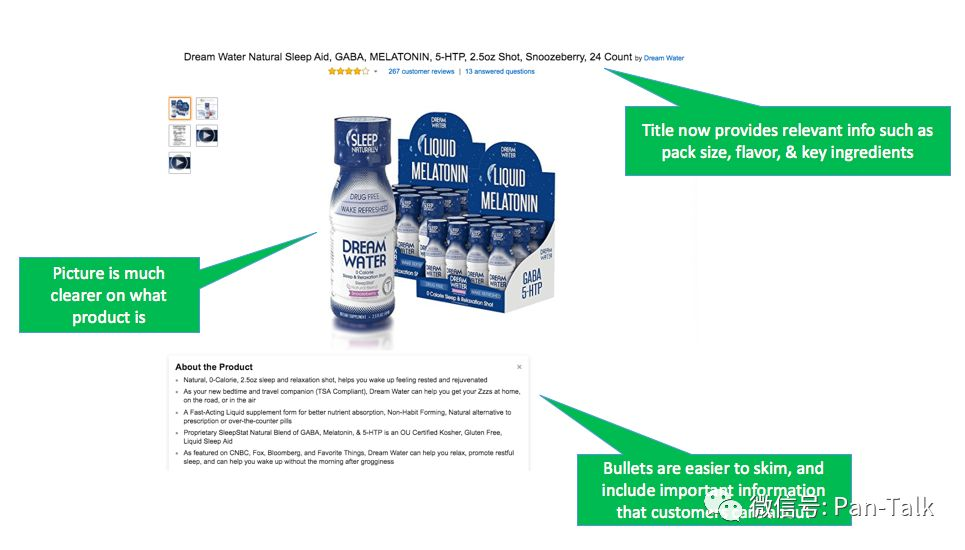
Here are some other key items to keep in consideration when setting up or updating detail pages:
Don’t play the keyword stuffing game. Approach it from a customer’s perspective on information they need to be convinced it’s worth the purchase. Amazon has stated its mission is “to be Earth’s most customer-centric company…” and that is a great way to approach incorporating keywords into your page contents rather than gaming the system with irrelevant keywords.
Regularly check your pages for questions and new reviews. Many customers spend more time reviewing customer questions and reviews than a brand’s published content, so be sure to regularly check and respond to these as necessary.
4. Encourage Reviews
It’s no secret that reviews are extremely important. We have likely all bought something on Amazon, and in many of those cases the decisions came down to which product had the better reviews. Furthermore, as I mentioned at the beginning, reviews on Amazon will have an impact on other channels, including your Shopify site, since customers tend to do research on Amazon first.
On that note, Amazon recently made a change to its review policy that you may have heard about. The summary of it is that Amazon is banning reviews for discounted products for Professional Sellers. Previously, many brands would provide discounted or free products to customers through a variety of channels including review sites in exchange for a review. A recent study of over 7 million reviews showed that the average rating for incentivized reviews were meaningfully higher than non-incentivized reviews.
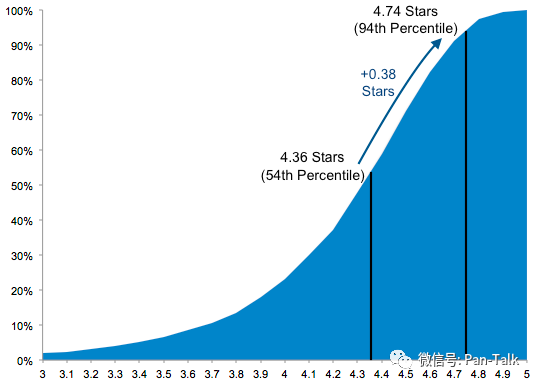
The good news is that the recent change makes things more of a level playing field since brands were essentially penalized for not getting incentivized reviews if their competitors were.
So, what can you do to get reviews? Email follow-up.
Sellers are allowed to send follow up emails to customers related to a specific order, and there are several automated services available that can help you manage this process. The guidelines are here, but in summary you ma not:
send emails with marketing or promotional messages
have links to other websites
demand, ask for, or incentivize positive reviews
You can, however, send a few emails confirming you have received an order, and also following up on an order requesting them to leave feedback.
There are tons of best practices out there, but I’d recommend sending no more than 2 emails: one during the order confirmation and one a few weeks after the product was received. Avoid making your emails feel too ‘spammy’ or aggressive, and give customers an outlet to share negative feedback directly with you prior to writing a negative review.
Services such as Feedback Five or Feedback Genius can automate the process and make your life a lot easier.
5. Run Sponsored Product Ads
Amazon has a robust ad platform that allows you to market your product to customers on Amazon.
Amazon Sponsored Product Ads is a PPC (pay per click) model that allows you to promote your products along search results. Placements on desktop can be above, alongside, or below search results as well as on product detail pages.
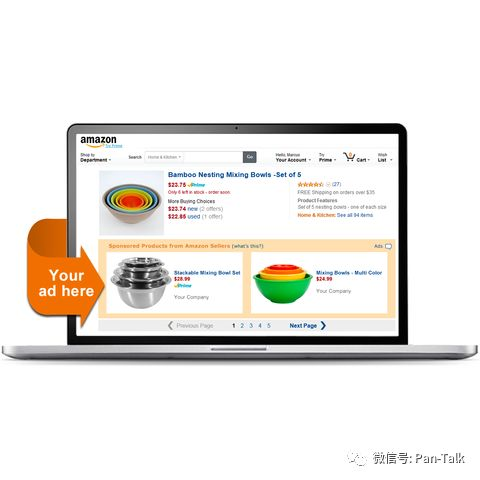
Placements on mobile appear below search results and on product detail pages.
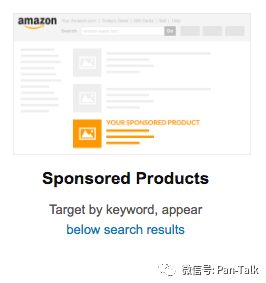
I could write an entire guide about Sponsored Ads but here's a simple three important steps to get up and running quickly:
Step 1: Start with automatic targeting. This allows Amazon to use its powerful search algorithms to suggest an exhaustive list of potential keywords for you. This requires you to pick a flat default bid across all keywords, but the goal here is to get data on how various keywords perform.
Step 2: Once you have at least a few weeks’ worth of data (the longer the better), start evaluating your automatic targeting campaign to determine which keywords performed the best. You will want to transition those over to a manual campaign, where you can now focus on only the most relevant keywords that performed well for you. With a manual campaign, you have the ability to adjust bids by keyword
Step 3: Continue to iterate your manual campaign for keywords and bids. Data is your best friend, but if you feel strongly that you should include additional keywords that haven’t yet performed well, test various bid amounts. Different bid amounts can yield various placements and yield varying results, so continue to test until you find something that works well.
6. Take Advantage of Promotions
Promotions including Lightning Deals are a great way to sell units at an increased velocity, ultimately leading to more reviews. The goal is not to always be on promotion or providing deep discounts, but if you can sprinkle these in towards the beginning of your product lifecycle on Amazon, it is a great way to gain additional reviews and build relevancy so other customers can find you.
Sellers can also opt in for their products to be included in the Early Review Program. Amazon randomly selects customers who leave reviews and provides them with a small reward (such as a $1-$3 Amazon Gift Card) to thank them for sharing their unbiased review. There is no guarantee that this reviewer will provide a positive review, but it is a great opportunity for sellers to with new products.
7. Drive External Traffic
Many brands forget about this part, or reserve all external channels to point to their online store. While there is obvious value in directing external traffic blogs, Facebook Ads, Google AdWords, influencers, etc.) to your own site, those same tactics will also work to promote your Amazon listings.
Strategically decide which channels make sense to direct to Amazon. For example, bloggers, vloggers, and other influencers often love directing traffic to Amazon because they can collect an affiliate commission on any customers purchases that come from their custom link.
Final Thoughts
Amazon can be a very competitive and complex marketplace, but if you spend some time optimizing and promoting your listings, you'll be in a much better position to compete.
Don’t get distracted by trying to game the system. Instead, focus on what you would want to see if you were the customer: clear and descriptive pages, competitive pricing, reputable and high quality reviews, and a trustworthy and responsive seller.
If you can focus on the things that matter and do so with a professional and credible demeanor, you are already ahead of many competitors. Now go get selling!
抱团交流
一个集大神卖家与逗趣同行于一体的交流群,扫码添加客服微信(备注“进群”哦)。

目前100000+人已关注加入我们












文章为作者独立观点,不代表AMZ520立场。如有侵权,请联系我们。



